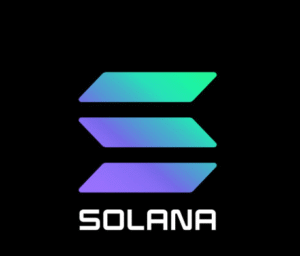# $USDC #Stablecoin #Tokenization #FDIC #CryptoRegulation #Blockchain #Finance #DeFi #Web3 #DigitalAssets #FinancialNews #Investing
What Does the FDIC’s New Guidance on Tokenized Deposits Mean for Your Stablecoin Investments?
The FDIC news reveals that the Federal Deposit Insurance Corporation plans to release guidance on tokenized deposits and establish a stablecoin application process by the end of 2025. This development signals a significant stride towards integrating digital assets within the traditional banking framework, potentially reshaping the landscape for stablecoin investors and the broader cryptocurrency market.
The introduction of tokenized deposits represents a pivotal moment for the financial industry. Tokenized deposits allow traditional currencies to exist in a digital format on blockchain networks, ensuring the benefits of speed, security, and transparency inherent in cryptocurrencies. As the FDIC moves forward with this initiative, it provides a framework for banks to embrace digital currencies while safeguarding customer deposits.
Understanding Tokenized Deposits
Tokenized deposits function as digital representations of fiat currency held within financial institutions. Essentially, these digital assets will operate under the same regulatory umbrella as traditional bank deposits. With the FDIC’s guidance, banks may begin to offer customers the option to hold tokenized deposits, thereby bridging the gap between conventional finance and the burgeoning world of digital currencies.
This guidance could facilitate a more robust stablecoin ecosystem. Stablecoins, which are designed to maintain a stable value against fiat currencies, could gain legitimacy and acceptance from both consumers and institutional investors. As the FDIC outlines the application process for stablecoins, companies aiming to issue these assets will likely benefit from clear regulatory standards.
Implications for Investors
For investors, this FDIC news brings both opportunities and considerations. Increased regulatory clarity may attract institutional capital into the market, as investors will feel more secure in the stability and legitimacy of their investments. Furthermore, the potential for banks to offer tokenized deposits could lead to more seamless transactions and the ability to earn interest on digital assets.
However, the evolving regulatory landscape requires vigilance. As the FDIC finalizes its guidance, investors should stay informed about the implications for existing stablecoins and tokenized assets. The standards set forth by the FDIC may affect the operational structure and compliance requirements for stablecoin issuers.
The Path Forward
As we approach 2025, the excitement surrounding tokenized deposits and stablecoin applications will likely intensify. Investors should monitor developments closely, as this guidance may influence market dynamics. The adoption of tokenized deposits by banks could spur innovation in the digital asset space while fostering greater trust among consumers.
To learn more about cryptocurrency developments, visit our crypto section. For those interested in investing in digital assets, consider exploring opportunities on platforms such as Binance.
In conclusion, the FDIC’s forthcoming guidance on tokenized deposits is set to reshape the investment landscape for stablecoin enthusiasts. As regulatory frameworks become clearer, the potential for innovation and growth within the cryptocurrency market will likely unfold, presenting new avenues for investors to explore. Staying informed and adaptable will be crucial for navigating this evolving terrain.







Comments are closed.